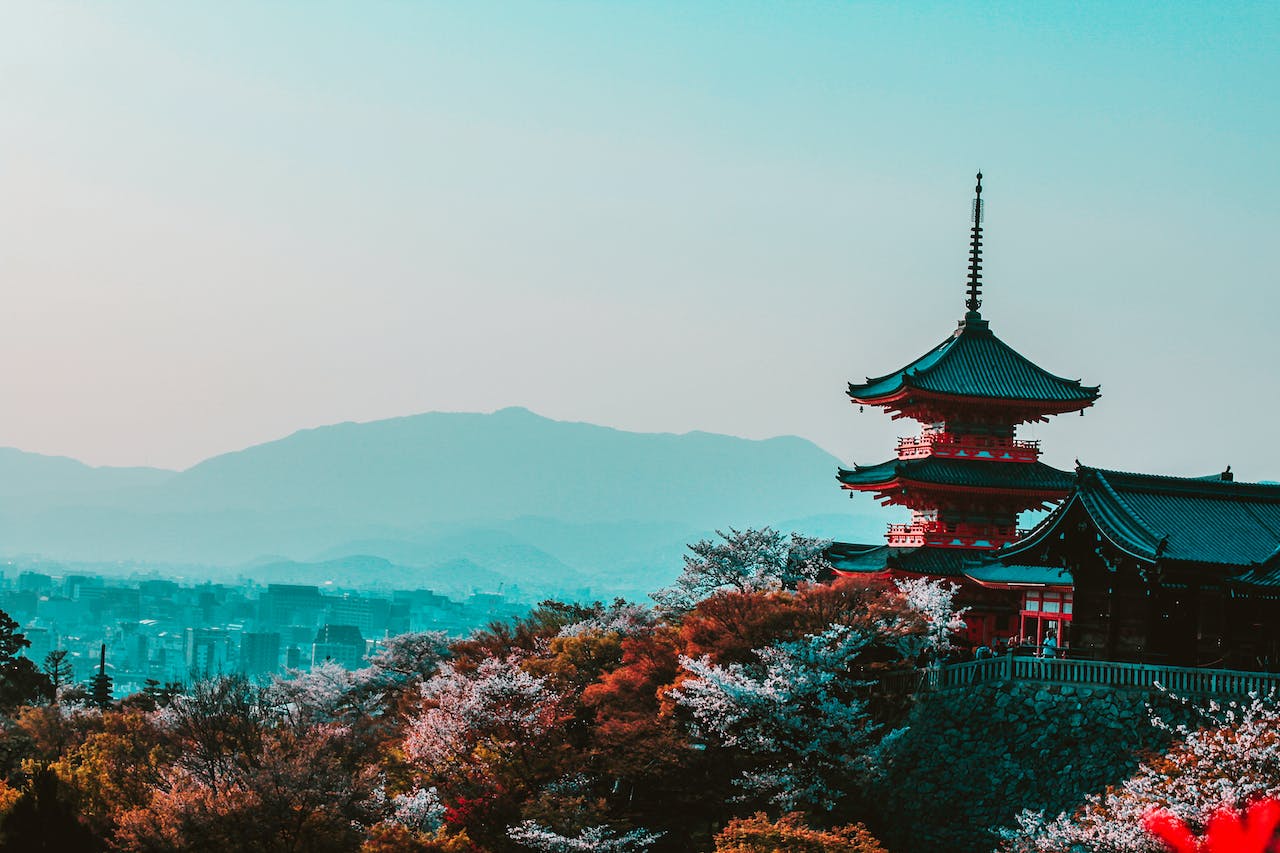Konnichiwa, fellow Japanese language enthusiast! Today, let’s embark on a captivating journey through time and explore a pivotal era in Japan’s history—the Edo Period.
The Edo Period, spanned from 1603 to 1868, and is a fascinating chapter that has left an indelible mark on Japan’s cultural landscape. Named after the capital city, Edo (which is the present-day Tokyo), this era was characterized by unprecedented peace and stability under the Tokugawa shogunate. While political power was centralized, a flourishing cultural renaissance unfolded, shaping Japan’s identity in profound ways.
Now, you might be wondering, “Why should I delve into the history of Japan while learning the Japanese language?” Well, understanding the historical context provides a deeper appreciation for the language’s nuances and cultural intricacies. It’s like uncovering the roots of a beautiful cherry blossom tree—each petal, a story waiting to be discovered.
Here are examples of words have persisted through the centuries and continue to be a part of everyday language in contemporary Japan :
- 花見 (Hanami) – The tradition of cherry blossom viewing.
- 座敷 (Zashiki) – A traditional Japanese room with tatami mats.
- 暇つぶし (Himatsubushi) – Killing time, a way to pass the time.
- 浮世絵 (Ukiyo-e) – Woodblock prints or paintings depicting scenes from the “floating world,” often portraying kabuki actors, beautiful women, and landscapes.
- お江戸 (Oedo) – Another way to refer to Tokyo, emphasizing its historical connection to Edo.
- 寿司 (Sushi) – While the concept of sushi existed, the term itself became more common during the Edo period.
- 歌舞伎 (Kabuki) – Traditional Japanese theater, known for its elaborate makeup and costumes.
This is why you need to learn Japanese at Sakuraa Nihongo Resource Centre, as they bring elements of culture, history, and people, not just the language, to their students. Imagine immersing yourself in the tales of samurai valour or understanding the subtle nuances of Edo-period art while perfecting your Japanese language skills. Sakuraa Nihongo Resource Centre ensures that your Japanese class journey goes beyond grammar and vocabulary, creating a holistic and enriching experience.
During the Edo period, the samurai class gained prominence, playing a crucial role in maintaining the stability that defined the Edo Period. The societal structure was strictly stratified, and an emerging merchant class enjoyed economic prosperity, leading to the growth of vibrant urban centers. The arts flourished, with traditional Kabuki theater, ukiyo-e woodblock prints, and haiku poetry captivating the hearts of the people.
However, the Edo Period wasn’t merely a time of artistic enlightenment; it also witnessed Japan’s isolation from the outside world. The sakoku policy restricted foreign influence, contributing to the preservation of Japanese culture. This isolation fostered a unique identity, encapsulated by the phrase “sakoku-kan (鎖国観),” which translates to “closed country.”
As you embark on your Japanese language-learning adventure, don’t overlook the tapestry of history that weaves through the language. The Edo Period is a captivating chapter that adds depth to your linguistic journey, and with Sakuraa Nihongo Resource Centre, you’ll not only master the language but also immerse yourself in the vibrant tapestry of Japan’s past and present. Ganbatte kudasai!
Register here for our Japanese Language courses : https://snrc.co.in/snrc-demo-form/
Contact us to know more.
Sakuraa Nihongo Resource Centre®
ph: +91 89043 90300 / +91 80 2346 4677
e-mail : info@snrc.co.in


